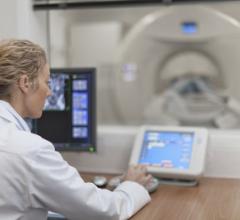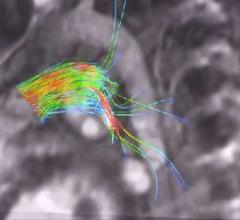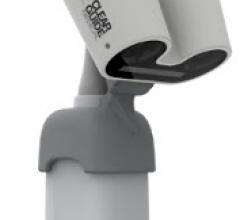April 9, 2007 – Mayo Clinic and IBM will present at the IEEE (Institute of Electrical and Electronics Engineers) International Symposium on Biomedical Imaging in Washington, D.C., April 12–15, results of a study where they exploited parallel computer architecture and memory bandwidth to increase the processing speed of 3-D medical images by fifty times faster than the average processors, as part of their strategy to enhance image registration and allow radiologists to more easily detect structural changes such as the growth or shrinkage of tumors.
Through porting and optimization of Mayo Clinic’s Image Registration Application on the IBM BladeCenter QS20 Cell Blade, the application reportedly produced image results fifty times faster than the application running on a traditional processor configuration.
In the project, Mayo Clinic and IBM used 98 sets of images and ran the optimized registration application on the IBM BladeCenter QS20, in comparison with running the original application on a typical processor configuration. The application running on a typical processor configuration completed the registration of all 98 sets of images in approximately 7 hours. The team adapted a “mutual-information-based” 3-D linear registration algorithm application optimized for Cell/B.E. and completed the registration for all 98 sets of images in just 516 seconds, with no registration taking more than 20 seconds.
The 3-D linear algorithm finds the best spatial positioning to maximize the amount of information gathered from the two images, thereby optimizing sampling quality while reducing sampling time. Greater efficiencies were achieved by caching data in cuboids or “bricks” so image sampling did not “waste” pixels. When sampling ratio was comparatively low, the team packed the sampled moving pixel images in a contiguous fashion (in an “image stripe”) to speed retrieval when needed.
“This alignment of images both improves the accuracy of interpretation and improves radiologist efficiency, particularly for diseases like cancer,” said Mayo radiology researcher Bradley Erickson, M.D., Ph.D.


 July 29, 2025
July 29, 2025 








